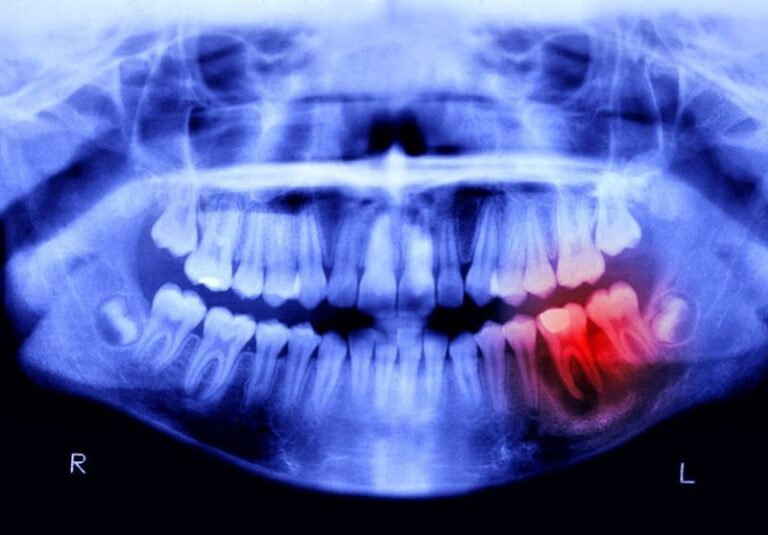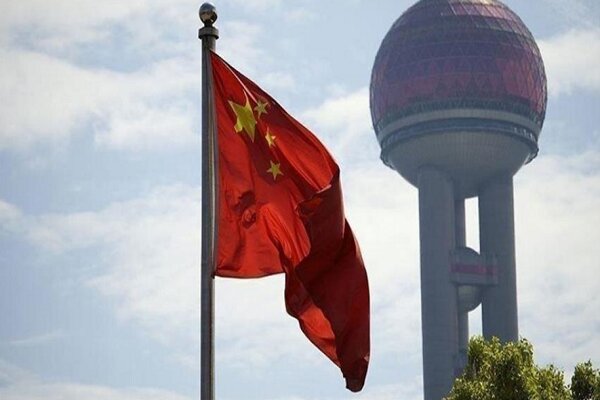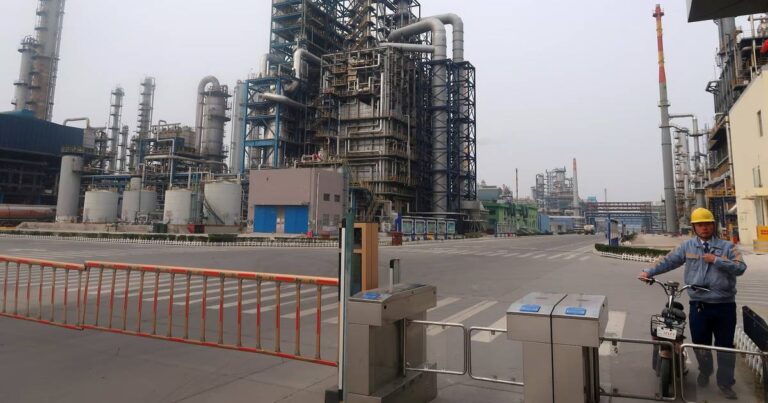China’s Bold Leap: 10 Internet Satellites Launched to Kickstart Guowang Constellation
China has embarked on an ambitious venture to establish the Guowang satellite constellation, launching 10 internet satellites into orbit on Monday. This initiative aims to compete head-to-head with SpaceX’s Starlink and offers the promise of global high-speed internet coverage.
The inaugural fleet of Guowang internet satellites was successfully launched aboard a Long March 5B rocket from the Wenchang Space Launch Center, located in Hainan Province, southern China. This launch marks a significant step in a broader strategy that plans to deploy a total of 13,000 satellites over the next decade, mirroring the extensive network established by SpaceX’s Starlink.
Here are some key highlights from the launch:
- The Long March 5B rocket lifted off at 5 a.m. local time.
- After successfully separating from its boosters and main stage, the rocket placed the satellites into orbit.
- The satellites are positioned 1,100 kilometers above Earth with an inclination of 86.5 degrees to the equator.
While details about the satellites’ design and capabilities remain sparse, it is known that the project is spearheaded by the China Aerospace Science and Technology Corporation (CASC) and its subsidiary, the China Academy of Space Technology (CAST). The initiative, referred to as “Guowang” or “National Network,” is managed by China SatNet, a state-run company that was established in 2021.
Analysts suggest that the Guowang project is intended to rival Starlink not just in providing internet services, but also in showcasing potential military applications. U.S. officials have expressed significant concerns regarding China’s expanding capabilities in space.
Gen. Stephen Whiting, commander of U.S. Space Command, stated, “This is part of China’s efforts to develop space-based capabilities and achieve military superiority.” He further emphasized, “Such satellite constellations are hard to disable and can provide a significant strategic advantage.”
The International Telecommunication Union has set a target for China to launch 6,496 satellites, which represents half of the planned Guowang constellation, by the year 2032. This ambitious timeline reflects China’s commitment to advancing its presence in the rapidly evolving arena of space-based internet services.
However, the proliferation of satellites in Earth’s orbit has raised alarms regarding space safety and the potential for collisions. Gen. Whiting noted, “We are closely monitoring China’s launches and working to ensure space safety standards are upheld.” The concern over space debris and collision risks is becoming increasingly relevant as more satellites are deployed.
Despite the lack of comprehensive details regarding the Guowang project, its ongoing development signals China’s determination to carve out a competitive position in the burgeoning space-based internet market. As the initiative progresses, it will be essential to watch how it impacts both global internet accessibility and geopolitical dynamics.
The Guowang satellite constellation represents a significant leap forward in China’s space endeavors. With the potential to enhance connectivity across vast areas and provide low-latency internet services, this project could revolutionize how information is accessed and shared globally.
Moreover, as countries around the world vie for supremacy in space technology, the Guowang initiative highlights the increasing importance of satellite networks in both civilian and military contexts. The ongoing race to develop advanced satellite capabilities places pressure on nations to innovate and expand their technological horizons.
As we look to the future, the implications of China’s Guowang project will be felt across various sectors, from telecommunications to defense. Its success could pave the way for new standards in internet service delivery and may redefine global communication landscapes.






